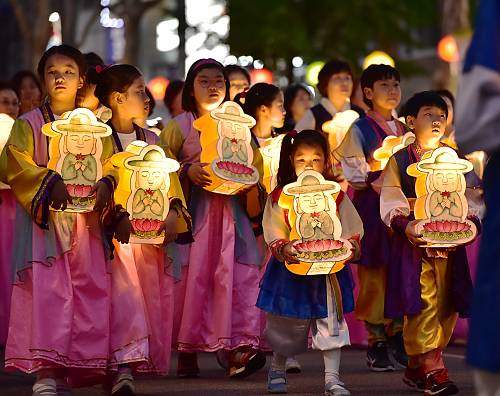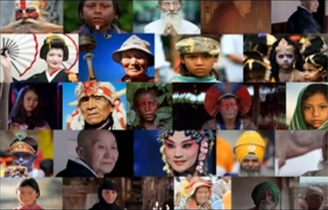UNESCO assembles peoples around transnational traditions like couscous, one of 32 new inscriptions on its Intangible Heritage Lists
 |
| Children are parading with holding buddha-shaped lanterns © The Cultural Heritage Administration and the Yeondeunghoe Safeguarding Association, Republic of Korea, 2018 |
During this year’s session (14 to 19 December, online), the Intergovernmental Committee for the Safeguarding of the Intangible Cultural Heritage inscribed three elements on the List of Intangible Cultural Heritage in Need of Urgent Safeguarding, and 29 elements on the Representative List of the Intangible Cultural Heritage of Humanity.
Members of the Committee, chaired by Olivia Grange, Minister of Culture, Gender, Entertainment and Sport of Jamaica, also added three programmes to the Register of Good Safeguarding Practices and allotted $99,239 from the Intangible Cultural Heritage Fund to a project to safeguard Aixan/Gana/Ob#ANS TSI //Khasigu ancestral musical sound, knowledge and skills in Namibia.
For the first time this year, Finland, Malta, Paraguay and Singapore had inscriptions on UNESCO’s Intangible Cultural Heritage Lists, which now feature elements from a total of 131 States.
This year saw the highest number of multi-country nominations, with 14 inscriptions testifying to the ability of intangible cultural heritage to bring people together and promote international cooperation.
Additions to List of the Intangible Cultural Heritage in Need of Urgent Safeguarding in order of inscription
Colombia – Traditional knowledge and techniques associated with Pasto Varnish mopa-mopa of Putumayo and Nariño.
The traditional knowledge and techniques associated with Pasto Varnish mopa-mopa of Putumayo and Nariño encompass three traditional trades: harvesting, woodwork and decorative varnishing. Harvesting the mopa-mopa requires extensive knowledge of the forest trails, tree climbing and care to avoid damaging the plants. The practice is important to communities’ identity and a source of self-employment. It is however threatened by various factors including development and globalization as well as the fact that harvesting sites are hard to access and home workshops operate under precarious conditions.
Egypt - Handmade weaving in Upper Egypt (Sa’eed).
Handmade weaving in Upper Egypt (Sa’eed) is a complex process requiring intricate craftsmanship. Many steps and techniques are involved in preparing the looms, threading and weaving to achieve the final product. The basic principles have remained unchanged through the ages, but factories have gradually shifted to using cotton rather than expensive silk yarn and small narrow looms have replaced wider ones. Although the practice is a source of identity and pride for the communities concerned, it faces many threats, which have led to its neglect and weakened transmission to the young.
Address: 81, Laiguangying West Road, Chaoyang District, Beijing, China
Zip Code: 100021
Tel: 86-10-64966526
Fax: 86-10-64969281
E-mail: administration@crihap.cn
NEWSLETTER
Leave us your e-mail address, we'll let you know about current events.


